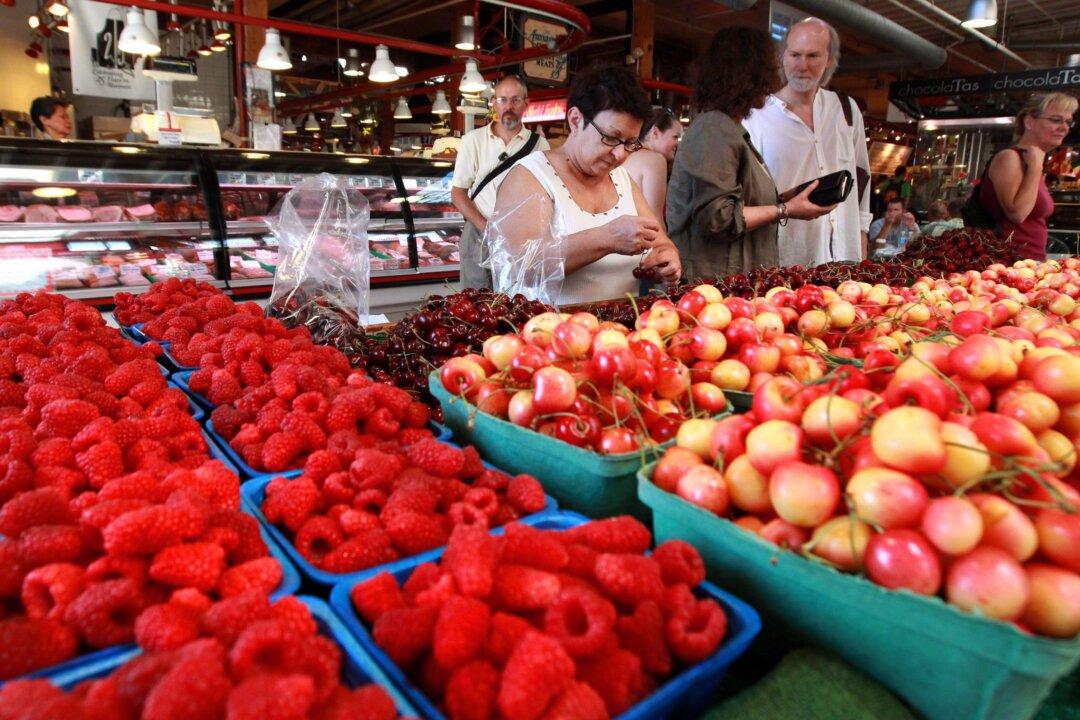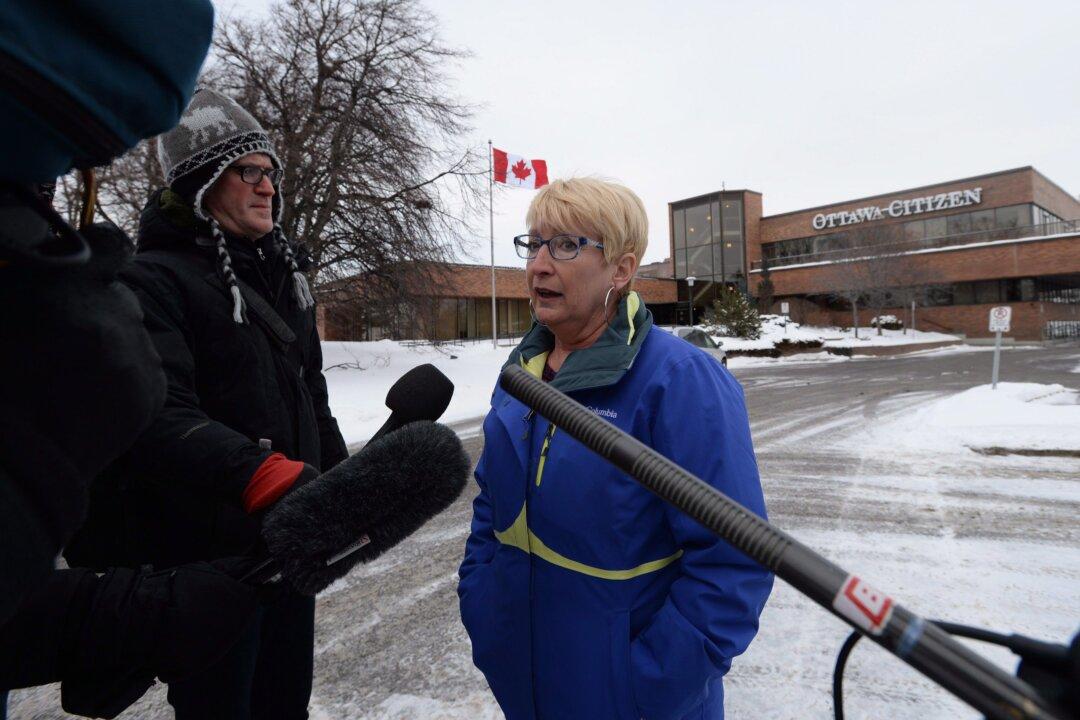A first-ever grading of Canada’s food system compared to 16 other OECD countries gives Canada a B- overall—not a bad score but one that leaves room for improvement, according to the Conference Board of Canada, which released the report this week.
“We have done very well. We are very lucky in terms of our endowments—resource endowments, water, and even farming,” said co-author Jean-Charles Le Vallée, senior research associate with the Conference Board’s Centre for Food.
However, although Canada performs well in many areas when measured against its peer countries, it could rank much higher if progress were made in several key areas, the report found.
“We are behind in representation of global food companies. We are behind in our livestock production. We are just not as strong as, say, the Netherlands,” said Le Vallée.
“We are an exporting country, but we don’t do as well as others. We rely more on our endowments rather than innovation.”
The Conference Board judged Canada’s food safety record to be its best sector, giving it a ranking of A, with improvements needed in the areas of traceability and disclosure of chemical risks to consumers.
Food security, which includes food availability, scored a B, although access to food is an issue Canada could improve. Canada also scored a B grade in the Healthy Foods and Diets category—despite high obesity levels—with lower-than-average intake levels of salt and saturated fats.




